 Stocking Stuffers for the Holidays
Stocking Stuffers for the Holidays
No lumps of coal for this blog’s readers. You’ve all been good boys and girls, from my perspective. So I offer you a few hors d’oeuvres, choice bits and pieces that don’t fit anywhere else but seem too tasty to ignore.
•
My favorite headline of the season: “Russian Destroyer Fires Warning Photographs At Turkish Ship In Aegean Sea,” from the Star Daily Standard Times, December 13, 2015. This web page has since been deleted; here’s a screenshot:
The story’s lead reads, “A Russian destroyer in the Aegean Sea fired warning shots at a Turkish fishing ship that got too close on Sunday.” So whoever wrote the headline did a creative (or machine) translation of the word “shots.” Certainly represents an innovative approach to conflict resolution; perhaps El Chapo should consider adopting it when sending the Sinaloa Cartel up against Isis. (Wouldn’t you love to have a piece of the action on the pay-per-view for that match?)
•
My second favorite headline of the season: “Angry single men stage anti-Christmas rally in Tokyo.” As if that weren’t enough in itself, turns our they’re Communist-inspired. See for yourself.
The Extremely Large Telescope
When I came across this headline, “Officials announce construction of Extremely Large Telescope,” a year ago in the Christian Science Monitor (December 5, 2014), I thought it was merely descriptive, and assumed the headline writer had bungled the capitalization. My bad. Turns out the class of instruments of which this device constitutes an example actually bears the technical name of Extremely Large Telescope. Which places it at the far end of the optical instrumentation spectrum, so to speak, with the Extremely Small Telescope presumably at the other end.
Not entirely kidding. If lens-based observation beyond photography interests you (or perhaps people of the young persuasion within your sphere of influence), check out NASA’s MicroObservatory Robotic Telescope Network, via which you “can join [NASA’s space science researchers] by operating your OWN ground-based ‘MicroObservatories’ — real robotic telescopes that you command through this website.”
The European Extremely Large Telescope (E-ELT), which will feature a light-collecting surface 128 feet (39 meters) wide, is now under construction atop Cerro Armazones in Chile’s Atacama Desert, expected to begin operation in 2024 as “the world’s largest ‘eye on the sky.'” For my comments on its early antecedents, including Christiaan Huygens’s “interrupted telescope” without a tube of 1691 and William Herschel’s 40-foot telescope of 1789, see last spring’s post, “‘Gremlyns of Light’: A Memoir.” (The CSM story doesn’t indicate whether the designers of the E-ELT have solved the problem of photonic impaction with this telescope’s “adaptive optics system.”)
Lady Day Lives
I don’t watch televised talent-search shows, but I stumbled upon this segment, in which “Angelina,” a 7-year-old Norwegian girl, flawlessly channels Billie Holiday. Not the upbeat charmer of “Your Mother’s Son-In-Law,” but the dark, anguished Lady Day of “Gloomy Sunday” (a/k/a the “Hungarian Suicide Song.”) A truly bizarre choice of repertoire for this occasion, though perhaps something in it appeals to the depressive Nordic soul, as evidence that this temperament starts young. Give it a look, and a listen.
Say Cheezburger
Now something to cheer you up again. This is why we will always needs photo booths … for such projects as Lynn Terry’s “Dogs in Photo Booth.” Spare me your bah humbug.
Reviewing Again
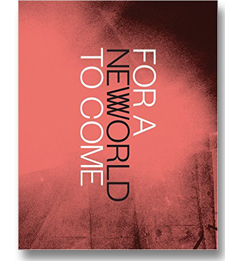 Camera Chronicle, a new website sponsored by the New York camera store Photo Village, has invited me to contribute on a regular basis. Given the demographics of their likely readership, I’ve decided to use this platform mainly for reviews of offbeat books and exhibitions that won’t get much mainstream coverage.
Camera Chronicle, a new website sponsored by the New York camera store Photo Village, has invited me to contribute on a regular basis. Given the demographics of their likely readership, I’ve decided to use this platform mainly for reviews of offbeat books and exhibitions that won’t get much mainstream coverage.
The first of these pieces, “For a New World to Come: Japanese Photography,” weighs the exhibition thus titled, currently on view (through January 10) at the Japan Society in New York. Highly recommended.
The Yellow Rose of Amherst
Nearly every Emily Dickinson poem can be sung to the tune of “The Yellow Rose of Texas.”
Once you learn that, you may never again find it possible to read her work without hearing that melody in your head. Try it:
I taste a liquor never brewed –
From Tankards scooped in Pearl –
Not all the Frankfort Berries
Yield such an Alcohol!
Inebriate of air – am I –
And Debauchee of Dew –
Reeling – thro’ endless summer days –
From inns of molten Blue –
When “Landlords” turn the drunken Bee
Out of the Foxglove’s door –
When Butterflies – renounce their “drams” –
I shall but drink the more!
Till Seraphs swing their snowy Hats –
And Saints – to windows run –
To see the little Tippler
Leaning against the – Sun!
Which leads me to the topic of earworms and mondegreens.
My interest in photography developed alongside an interest in visual perception and visual communication. And just as my attention to photography came to encompass communication in general, that interest in visual perception expanded to include all forms of perception — not just sight but sound and touch and (to a lesser extent) taste and smell.
As someone with a lifelong interest in music, I’m familiar with the experience that goes by the name of earworms — melodies that, for no apparent reason (including your own musical tastes), get stuck in your head. After which, unpredictably, they play in your mind’s ear — if I may coin that phrase — whenever some stranger happens to drop a quarter into your mental jukebox. Makes we wonder if we could identify some visual equivalent we might call eyeworms &/or eyemites: components of visual images that somehow get stuck in the “mind’s eye” and repeat themselves unsolicitedly. Perhaps related to the matter of tropes, which I’ve pursued here at some length.
Reading Maria Konnikova’s excellent summary of the state of current knowledge about this phenomenon, “Anatomy of an Earworm,” in the February 28, 2014 issue of The New Yorker, led me, by a not too roundabout path, to the matter of mondegreens. Perhaps less familiar than “earworms,” the term “mondegreens” refers to misheard lyrics to songs, for which the mind has substituted something else, often surreal in its effect. You’ll find the 1954 source of the phenomenon’s name in Konnikova’s December 10, 2014 New Yorker article, “Excuse Me While I Kiss This Guy.” (See also Alina Simone’s November 20, 2014 article for Public Radio International, “The spread of mondegreens should have ended with the Internet — but it hasn’t.”)
“José, can you see / by the dawn’s early light,” as the opening of “The Star-Spangled Banner,” probably represents the most common example for Americans. Another, for those of the post-Lawrence Welk persuasion: “‘Scuse me / while I kiss this guy,” in place of “‘Scuse me / while I kiss the sky,” in Jimi Hendrix’s “Purple Haze.” (This one became so famous that, back in the day, Hendrix himself started to sing it that way. See KissThisGuy.com, a website dedicated to collecting and annotating mondegreens.)
In my experience, a mondegreen becomes inextricably woven into the song, so that, even when one learns the correct lyrics, the erroneous one lurks, intertwining itself with the original to such an extent that you can never hear that line again without the mondegreen waving its hand to you. (Again, I wonder if this has some visual counterpart, misidentification of components of visual images that persists even when you learn what the pictures really show.)
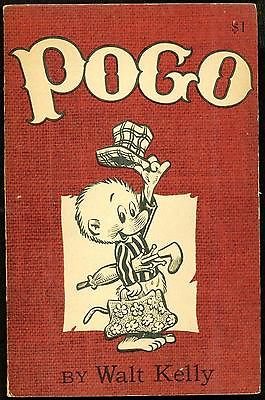 My own awareness of the mondegreen phenomenon began early, circa age 10, right about the time it got noticed and given a name. I can place it precisely: November or December of 1953, in Manhattan. My family had returned to New York after two years’ political exile in France and England. For a month or so my parents sublet an apartment in Chelsea whose owner’s library included the first book-length collection of Walt Kelly’s brilliant comic strip Pogo.
My own awareness of the mondegreen phenomenon began early, circa age 10, right about the time it got noticed and given a name. I can place it precisely: November or December of 1953, in Manhattan. My family had returned to New York after two years’ political exile in France and England. For a month or so my parents sublet an apartment in Chelsea whose owner’s library included the first book-length collection of Walt Kelly’s brilliant comic strip Pogo.
I’d never seen Pogo before; Kelly had started his strip in 1951, the year we left the States. I read voraciously by then, all kinds of fiction and comic books as well, the latter forbidden to me by my parents. So I had to buy them, read them on the sly, and hide my stash. (There was a comic-book scare rampant at the time; too complex to explain. Check out Gershon Legman, whose 1949 book Love & Death, which kicked off this campaign, my parents had in their own library. Fredric Wertham’s Seduction of the Innocent would take the anti-comics movement national in 1954.)
But I was allowed to read “the funnies,” the cartoon strips that appeared in the newspapers, so Pogo — especially given its libertarian bent — qualified. I devoured it, and its successors in the Kelly canon. They had an important shaping effect on my writing, not least the fact that Kelly filled his strip with mondegreens, his Okefenokee Swamp characters talking and not infrequently singing in a patois rich with malapropisms and misheard-word substitutes. For example, in the spirit of this season, here is “Deck us all with Boston Charlie“:
Deck us all with Boston Charlie,
Walla Walla, Wash., an’ Kalamazoo!
Nora’s freezin’ on the trolley,
Swaller dollar cauliflower alley-garoo!
Don’t we know archaic barrel
Lullaby Lilla Boy, Louisville Lou?
Trolley Molly don’t love Harold,
Boola boola Pensacoola hullabaloo!
Bark us all bow-wows of folly,
Polly wolly cracker ‘n’ too-da-loo!
Donkey Bonny brays a carol,
Antelope Cantaloupe, ‘lope with you!
For a lad still a tad, who had passed through and adapted himself to three linguistic environments — Manhattan, southern France, London, and then back to Manhattan — in three years, this came as music to the ears. That delirious Joycean play with language, in a form accessible even to a sprat like me, heightened my consciousness in relation to the spoken and written word by making the very act of reading — not the experience of following a story line or relating to a character, but the savoring of language itself, its slipperiness and mutability, its multivalent possibilities — fun. And, at this (or any) time of the year, I can’t hear “Deck the Halls” without sliding into the Pogo variant.
The Spirit of Giving
 If you’re looking for a worthy cause to which to make a tax-deductible year-end donation, allow me to recommend once again the National Coalition Against Censorship, who wage a tireless battle against the suppression of free and unfettered expression, which often includes attacks on photographic works. Click here for their roundup, “15 in ’15: Celebrating This Year’s Free Speech Heroes.”
If you’re looking for a worthy cause to which to make a tax-deductible year-end donation, allow me to recommend once again the National Coalition Against Censorship, who wage a tireless battle against the suppression of free and unfettered expression, which often includes attacks on photographic works. Click here for their roundup, “15 in ’15: Celebrating This Year’s Free Speech Heroes.”
Finally, though I’m not a tax-deductible entity, I’ll welcome any amount you choose to donate via the PayPal button atop the right-hand column of this blog page. For $50, I’ll identify you as the supporter of a future post, and link to your website; if you include your snail-mail address in the message, I’ll send you a signed copy of my 1995 book Critical Focus.
The Santa Cons
I ran into this motley crew aboard the Staten Island Ferry, heading into Manhattan on the morning of December 12. They told me they’d recently graduated from college and had decided to participate in a “Santa Con” that, from what I gathered, involved evoking the holiday spirit by drinking their way in costume from Brooklyn to the Upper West Side, with a stopover on the ferry.
They welcomed me into their fold and insisted on posing for this selfie, which makes me look like a genuine elf surrounded by Will Ferrells.
Don’t drink and drive. Travel safely if you’re on the road. Ho ho ho to all!


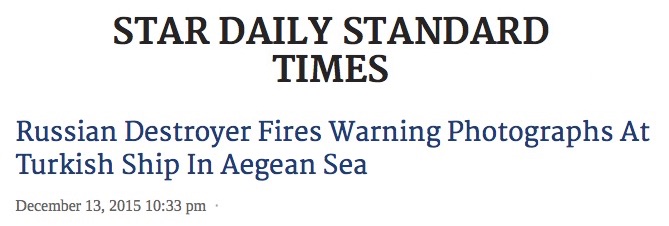
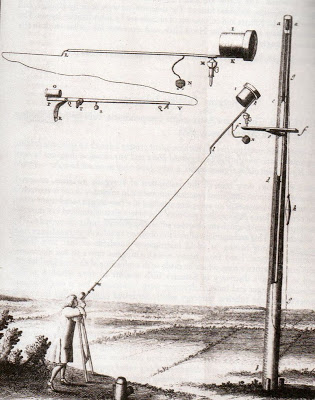
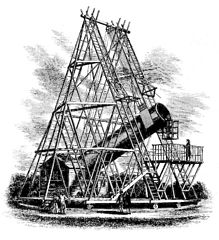
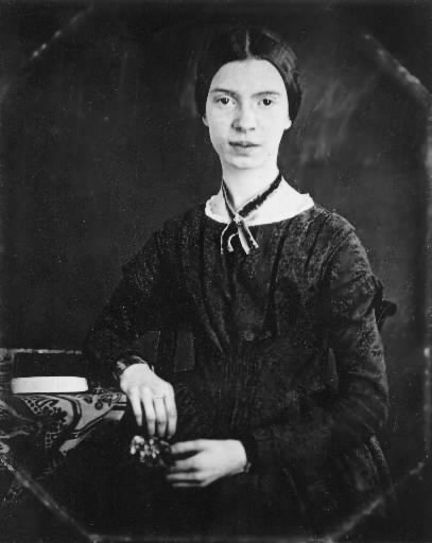
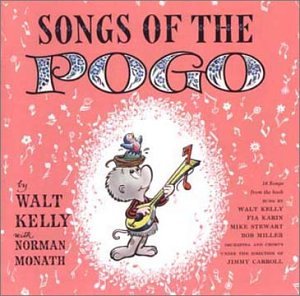





Allan,
Best wishes on the end of what has been a very good year. What caught me in this post was the telescope. Not the ELT but it brought to mind the Hubble. A great story since it began as complete mess – years late, substantially over budget and then it did not work. NASA, to its credit, did not quit and sent a shuttle to repair the thing. Now we have images that are literally awesome. Like the Earth marble photograph, they change our understanding of who we are.
Best,
Chuck
I wrote the National Coalition Against Censorship and offered donated prints if they put on a charitable art fundraiser.
Artists generally don’t have lots of money to donate, but they may be willing to give art in lieu of money. In the past I have donated a few prints to charitable art fundraisers. Although much of my work is of the ugly social doc genre and not what they want for art sales.
Some of the auction events I participated in were simple online auctions like Paddle 8 puts on. While others had big benefit dinners and live auctions.
It is surprising how many institutions in the art field refuse to explore new development options beyond just pestering people with emails for cash donations.